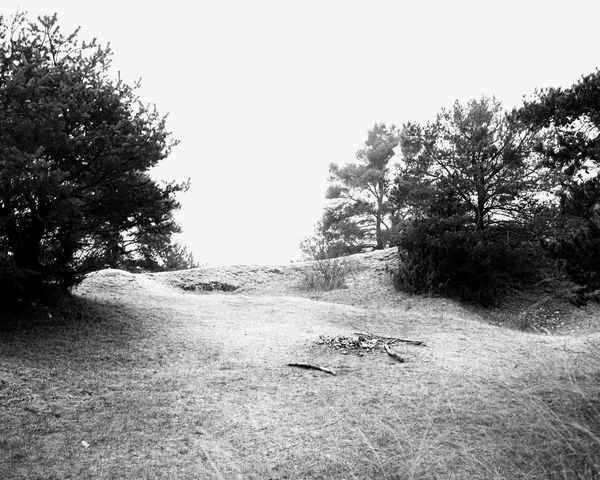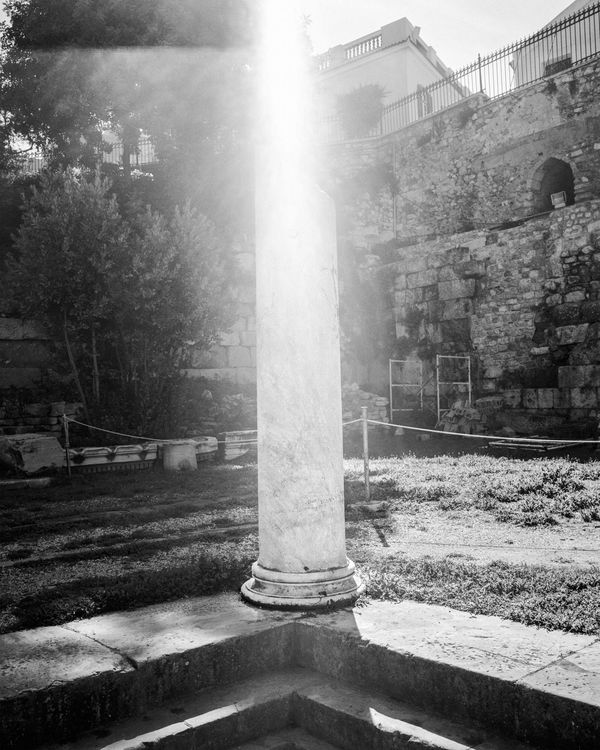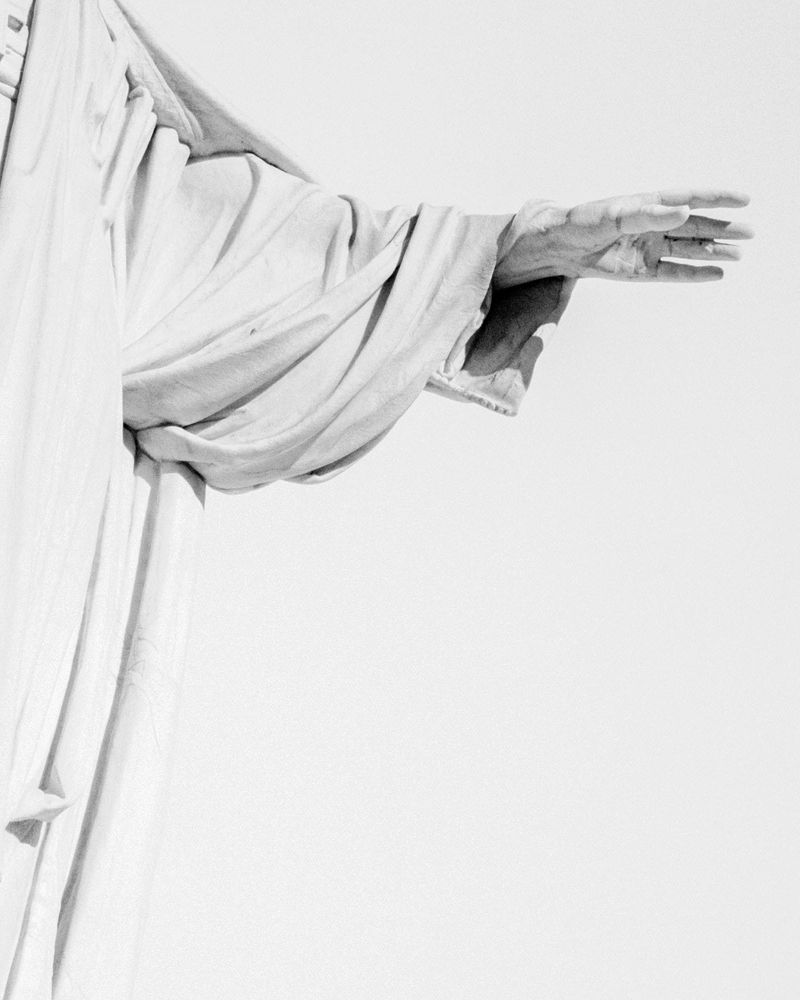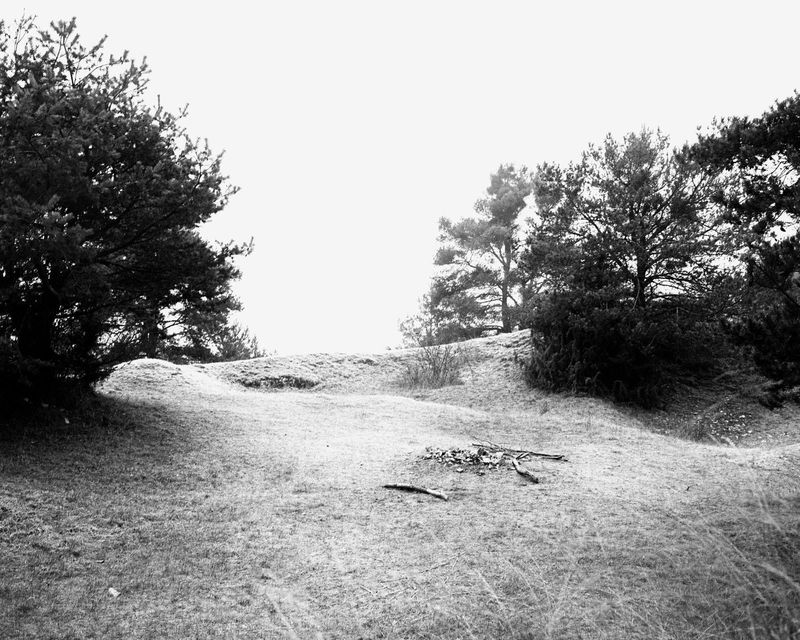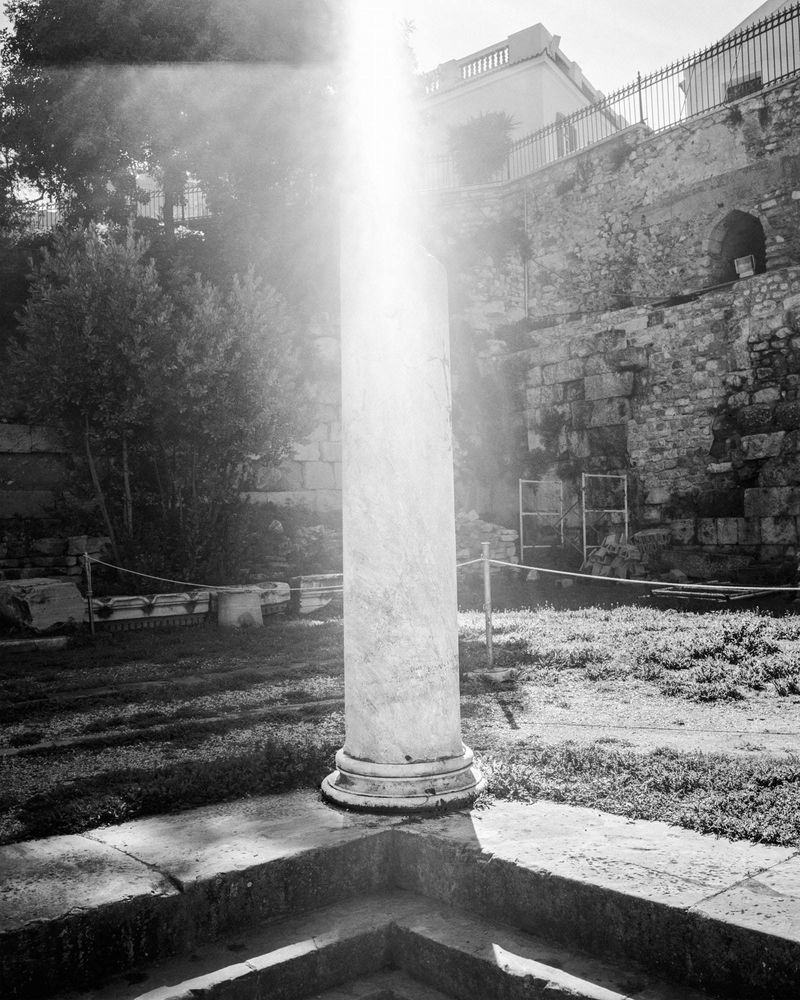Redefining the Dimensions of Time and Space
-
Published15 Feb 2019
-
Author
Travelling to places that are loaded with history, Belgian photographer Sybren Vanoverberghe looks to explore linear and cyclical motion through time, memory, and space.
Travelling to places that are loaded with history, Belgian photographer Sybren Vanoverberghe looks to explore linear and cyclical motion through time, memory, and space.
Sybren Vanoverberghe was only four when he heard that the world might end. Like in the Middle Ages, the recent turn of the millennium aroused uncertainty about the world’s fate. Fortunately, on New Year’s Eve in 1999, the earth kept turning, ferrying humankind beyond midnight to another ordinary dawn.
It’s no accident then that Vanoverberghe chose the date of an alleged upcoming apocalypse to title his work, 2099. A showcase of iconic details and remote, isolated landscapes, 2099 functions at times as a reminder of the subjective nature of our own perceptions, of the complex way time and space exist and intersect in the real world as well as in our own psyche. Not only the relentless flow of linear time, but also its cyclic motion, a multi-dimensionality that time can contain despite its linearity and beyond the physical spaces we inhabit and remember, which define, as a compass, points on the landscape.
In Vanoverberghe’s work, time gets dismembered, decomposed, scrutinised, overlapped, all in his personal quest for sense in diverse locations he visited and photographed in no particular order. Ultimately, it poses a question about the here and now - how they differ from elsewhere or, for example, from yesterday. “I see history as a cyclical thing. It's like a vortex for me,” Vanoverberghe says. “What happened here in the past is actually happening in other places right now, so it's like something that keeps on recurring.”
In this personal reflection, Vanoverberghe travelled to various places with the intent to chase the passage of time over centuries and physical distances, an introspective glance that favours a contemplative documentation over a documentary approach. The novel The Rings of Saturn by W.G. Sebald partly inspired Vanoverberghe’s mental and physical pilgrimage: explorative paths along threads of memory and story-tales guided part of his project as much as it did for the German author, allowing to find a common movement and intention in the two narratives. Often, Vanoverberghe leaves his next geographical destination unplanned until he returns home from a journey, back in his studio developing films, where associations among photographs and thoughts trigger an idea for his next excursion, a fresh direction to explore. “Sometimes I travel to places that are historically loaded, and sometimes they aren't, and sometimes I am looking for rough nature or a simple part of something that is left behind,” Vanoverberghe says; “[the] human presence... [or] some kind of legacy in the landscape.”
In the Dachau concentration camps, the photo of a gas chamber - the room’s dimensions blurred in yellow dust - spurs a reflection on human progress’ frailty, revealed in a horrific degeneration of modern history. Somewhere else, in Athens, the once fulcrum of democracy and economic progress surrenders the role to London, the shiny Shard sparking into the heights of foggy skies.
Through a delicate - but unabashed - subjectivity, Vanoverberghe continuously interferes with historical chronology, questioning the linearity of what gets recorded in textbooks and museums. As ‘history’ and ‘time’ could be represented by icons - a column for ancient Greece, a grim gate for the concentration camps - the function of places is incessantly questioned: yellowing marble statues and crumbling ruins, for example, symbols of democracy’s glory, are counterbalanced against the failing economy in modern-day Athens.
But the very same Greek column is photographed twice, in different light, spurring an open question on the meaning of place and time - the here and now, somehow different from yesterday and tomorrow.
--------------
Sybren Vanoverberghe is an artist and photographer based in Belgium. His work functions as an analysis of the correlation between place and time, and the ever recurring cycle of history. He searches for elements of myths, nature and heritage both within ordinary sites and in places of historical importance. Follow him on PHmuseum and Instagram.
Lucia De Stefani is a multimedia reporter focusing on photography, illustration, culture, and everything teens. She lives between New York and Italy. Find her on Twitter and Instagram.
--------------
This article is part of the series New Generation, a monthly column written by Lucia De Stefani, focusing on the most interesting emerging talents in our community.

